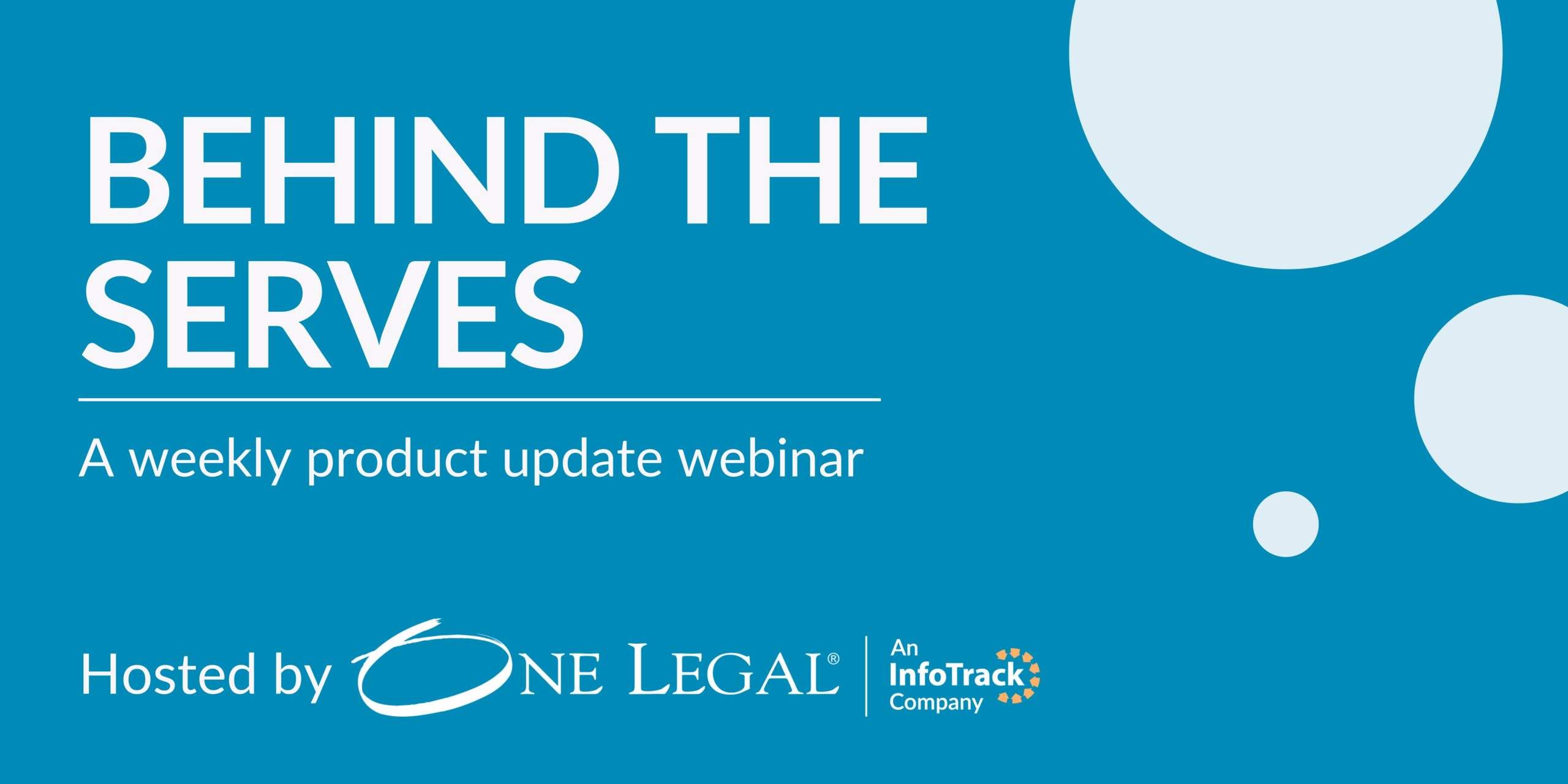Legal project management is a necessity in today’s world.
The legal industry, with its intricate issues, fluctuating laws and regulations, and evolving client demands, has traditionally thrived on predictability and expertise. As globalization and digital transformation ever-increasingly intertwine, however, the complexities faced by modern law firms have grown exponentially.
Today’s legal clients not only seek proficient legal counsel — they also demand transparency, efficiency, and palpable value in every interaction. In this environment, the practice of law is no longer just about arguing cases or drafting contracts. It’s about navigating a labyrinth of tasks, timelines, and resources, all while ensuring top-notch service delivery that satisfies clients.
Enter Legal Project Management (LPM). LPM — a game-changer for law firms — borrows principles from traditional project management (historically used in industries like engineering and construction), molding them to fit the nuances of the legal world. It is a structured approach to enhancing your legal practice with a clear strategy and an end goal of ensuring your firm is as efficient as it is effective.
In this article, we’ll take a close look at LPM and seek to reveal its foundational pillars as well as its immense value to modern law firms. Finally, we’ll provide practical tips to seamlessly integrate LPM into your firm’s daily operations.
Let’s dive in.
LPM overview
According to the Legal Project Management Institute, the most basic tenants of LPM include:
- Defining the parameters of a matter at the outset of an engagement to ensure that the client and their lawyers are on the same page about expectations and assumptions that impact the matter;
- Planning the course of the client’s matter with the facts available;
- Consistently managing the matter to keep it on time and on budget; and
- After the matter is concluded, evaluating how it was handled overall, both from the client’s perspective and the firm’s perspective.
Ultimately, LPM can be viewed as a communication and organizational operational strategy that keeps lawyers and their clients working effectively toward a common goal. Now that we understand the basics, let’s dig a little deeper into the various components of LPM.
Key principles of legal project management
Scope management
Definition: Clearly outlining and understanding the boundaries of a legal project. Anyone who has ever drafted or reviewed a construction contract knows that the “scope of work” is one of the most critical components of any joint undertaking.
This applies with equal force to the relationship between your firm and its clients.
Relevance to law firms: Legal matters can quickly spiral out of control if not carefully bounded. Setting clear boundaries for the engagement avoids “scope creep” — an expansion of project requirements or costly billable hours without client approval or adjustments in resources and timelines.
Application: Before diving into a project, it’s crucial to delineate tasks, identify your legal team, and ensure that both the team and the client share a mutual understanding of the project’s scope.
This may involve crafting clear terms of engagement, defining anticipated deliverables, and setting boundaries to prevent unplanned activities without prior written approval from the client.
Time management
Definition: Efficiently scheduling, monitoring, and adjusting timelines to ensure timely project completion and consistent deadline adherence.
Relevance to law firms: Within many firms, time equates to billable hours (something that is the bain of your clients’ existence, by the way).
Efficient time management not only helps facilitate client satisfaction but also optimizes the firm’s revenue streams and reputation within the legal community.
Application: Implement consistent, technology-based time-tracking mechanisms, break down legal tasks into manageable chunks, and employ tools that allow for transparent scheduling and monitoring.
Periodic audits of timekeeping also ensure that any delays or inaccuracies in billing are promptly addressed.
Cost management
Definition: Creating, maintaining, and adhering to budgets while ensuring that a legal project remains financially viable.
Relevance to law firms: With clients demanding more transparency in billing and a clear value proposition, effective cost management is indispensable.
Cost management practices are a great tool for setting realistic cost expectations on the client’s part and they also help team members to remain conscientious about the time they spend on billable tasks.
Application: Begin by developing (and presenting to your client) a detailed budget that accounts for all foreseeable costs.
Regularly monitor and compare actual expenses against the budget, and communicate any variances or potential overruns to both team members as well as your clients.
By bringing potential cost overruns to a client early on, you can head off some of the client dissatisfaction that results from surprise monthly bills that are higher than anticipated.
Quality management
Definition: Upholding the standards of legal services provided, ensuring that the client’s objectives are met without compromise. Truthfully, quality management is a practice that should be deployed on a firm-wide basis as well as on a client-by-client basis.
Once you start monitoring the quality of work product that comes from the firm’s legal professionals, you may be better informed to make decisions about retention, allocation of resources, and remedial education that may be necessary for some team members.
Relevance to law firms: The quality of legal counsel and representation can significantly impact case outcomes and a firm’s reputation.
Application: Establish clear quality benchmarks and standards and then communicate those to everyone in the firm who touches client work. Implement regular peer reviews, client feedback sessions, and continuous training to ensure that the legal team always delivers top-notch services.
Risk management
Definition: Anticipating, evaluating, and strategizing to mitigate potential obstacles, challenges, or disruptions in a legal project.
Relevance to law firms: The legal environment is fraught with uncertainties — be it changing regulations, unforeseen events in a case, or external economic factors (like a worldwide pandemic that seemingly comes out of nowhere).
Application: Lead attorneys should conduct a thorough risk assessment at the outset of every engagement. Identify potential challenges, from aggressive co-counsel to tenuous legal positions.
For each identified risk, devise strategies either to prevent its occurrence or to minimize its impact (and be transparent about such risks with clients). Regularly revisit and update the risk assessment as the project progresses.
Common challenges in implementing LPM and how to overcome them
The decision to integrate LPM into a law firm’s operations is undoubtedly progressive. Like all transitions, however, this process comes with a unique set of challenges.
For a law firm unfamiliar with LPM practices, recognizing these potential hurdles and addressing them head-on can be the key to a seamless transition. Here, we identify common challenges and provide solutions tailored for firms taking their first steps into the world of LPM:
Resistance to change
Challenge: Many legal professionals, particularly those who have done things “the traditional way” for decades, might be skeptical or resistant to new methodologies that may feel a bit like unnecessary micromanagement.
Solution: Begin with awareness and education. Hosting workshops or bringing in LPM experts for training sessions can showcase the tangible benefits of LPM.
Ask potential vendors to present real-world case studies that showcase the improvements in efficiency and client satisfaction that LPM can bring.
Balancing billable hours with project management tasks
Challenge: Lawyers are often evaluated based on billable hours. Integrating LPM tasks, which might not directly translate to billables, can create apprehension among billing professionals and clients alike.
Lawyers, in particular, will be skeptical about new tasks that do not add to their annual billable hour requirements.
Solution: Reframe the conversation around productivity and predictability. While initial LPM tasks might not be billable, in the long run, efficient project management can lead to more client engagements, better resource allocation, and the ability for billing attorneys to predict the number of hours they can expect to bill on a given matter.
Educate all billable professionals on how LPM may actually benefit them.
Ensuring all team members are on the same page
Challenge: Your colleagues might have varying levels of understanding and commitment to LPM, leading to inconsistencies in its application. This may be especially true in the early days of implementation.
Solution: Regular team meetings, consistent training, and open-door policies from managing attorneys can be instrumental in fostering team buy-in. To the extent the firm can employ strategies like standardized templates and tools, team members may quickly come to appreciate LPM. Encouraging open communication allows team members to voice concerns, ask questions, and share insights, fostering a cohesive approach.
Lack of proper tools and resources
Challenge: Without the right tools, implementing LPM can be cumbersome, making the transition difficult. Yet, with today’s plethora of tech-driven resources, this challenge can be quickly overcome.
Solution: Invest in specialized LPM software designed for the legal industry. These tools, often equipped with features like time-tracking, task management, and risk assessment, can significantly simplify the LPM process. If budgets are tight, even basic project management tools can be tailored for initial LPM implementation and can improve operations from the standpoint of clients.
Misalignment with client expectations
Challenge: Long-standing clients who are accustomed to traditional legal processes might be wary of the changes brought about by LPM. After all, they’ve chosen your firm over time for a reason, and any changes might be anxiety-producing.
Solution: Open dialogue is key. Engage clients early on, explaining the benefits of LPM and how it adds value to their case. Produce and distribute written resources that will help your clients understand the firm’s LPM initiatives. Once you demonstrate how LPM practices offer more transparency, predictability, and efficiency, clients will more easily align their expectations with your firm’s transition.
Conclusion
In a legal landscape marked by globalization and digital evolution, the traditional pillars of predictability and expertise are giving way to unprecedented challenges. Legal Project Management (LPM) emerges as a transformative solution, adapting principles from traditional project management to the nuanced demands of the legal realm.
Foundational to LPM are scope, time, cost, quality, and risk management, collectively shaping a strategy to enhance efficiency and meet evolving client expectations.
Despite challenges such as resistance to change and client alignment, proactive adoption of LPM principles, coupled with strategic investments in specialized tools, allows law firms to navigate this transformative journey, securing lasting efficiency and client satisfaction.
Without a doubt, venturing into LPM can feel like uncharted territory for law firms used to traditional practices.
By acknowledging these challenges and committing to change, however, firms can pave the way for a meaningful and long-lasting transition.
The end goal, of course, is clear: enhanced efficiency, client satisfaction, and a competitive edge in the ever-evolving legal environment.







